WP2: Integrated and Hybrid Modelling of Climate Change
Objectives
- To achieve a fundamental break-through in developing new generation of IAMs.
- To develop and upgrade energy, environment and related benefits modelling tools.
- To achieve a major qualitative step forward in evaluating emission reduction pathways and carbon pricing.
Task 1: Integrated Assessment Modelling
We employ, further develop, and innovate a wide array of the IAMs developed or used at GEOCEP partner institutions. Our emphasis is on working towards a fundamental breakthrough in developing a new generation of IAMs. The expertise of macroeconomists and builders of large models is utilized here.
Task 2: Economic and sectoral modelling
We cover general equilibrium and sector optimization models and other modelling frameworks both in theory and policy applications. We focus on emerging and newly developed markets and on deep decarbonisation transition. We pay particular attention to integrated and hybrid models, including linked bottom-up and top-down models like CGE-TIMES and energy optimisation growth models, such as WITCH. In industrial organization theoretical modelling we explicitly focus on the transportation sector. Besides mainstream economics techniques the operations research, energy engineering, and general mathematical programming techniques are developed and used in this task.
Task 3: Optimal emission reduction trajectories and carbon pricing
Carbon pricing - the key problem in climate change economics - is thoroughly investigated from both theoretical and applied policy perspectives. This task involves not only measuring the social cost of carbon but more importantly, identifying optimal carbon emission reduction trajectories and optimal carbon pricing, including EU ETS. Innovative, theoretically based approaches are used to determine the optimal price of carbon. In connection with WP 3, we improve methods for quantifying ancillary benefits (particularly health effects associated with emissions reduction of air quality pollutants) of reducing carbon. Quantitative economic modelling is complemented with political science analysis of publicly acceptable options and programmes.
Published results
Ambec, Stefan, Yuting Yang. 2023. ‘Climate policy with electricity trade.’ Working Paper 23-1422. Toulouse: Toulouse School of Economics.
Baumgärtner, C. Lennart. 2025. 'Dynamic Models for Clean Energy Technology Diffusion and Improvement.' PhD diss., University of Oxford.
Gatty, Andrés. 2025. ‘Essays on Sudden Stops in Capital Inflows: Determinants and Optimal Responses.’ PhD diss. Santiago: Pontifical Catholic University of Chile.
Janda, Karel, Kristoufek Ladislav, Binyi Zhang. 2022. ‘Return and volatility spillovers between Chinese and U.S. clean energy related stocks.’ Energy Economics, 108: 105911.
Lehtomaa, Jere. 2022. ‘Learning-based Control for Climate Policy Analysis.’ Ch. 4, pp.114-147. In Essays on Environmental Governance and Climate Impact Uncertainty. Zurich: Ph.D. diss., ETH Zuriché
Leuthard, Matthias. 2025. ‘Equity and Efficiency of Carbon Tax Policies in Switzerland with Endogenous Energy Substitution.’ Swiss Journal of Economics and Statistics 161 (12).
